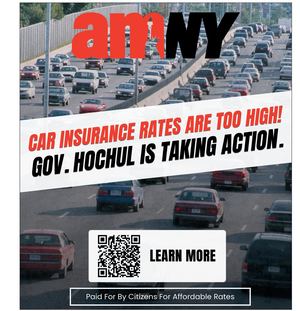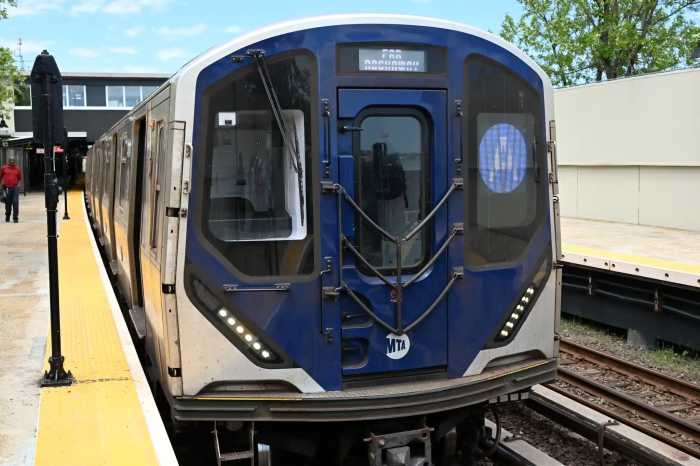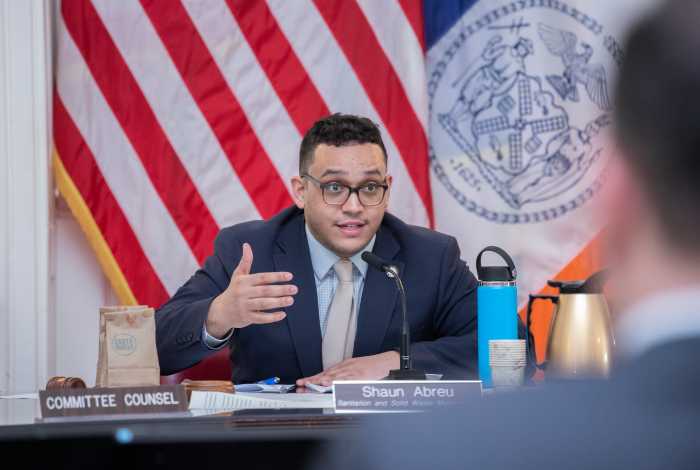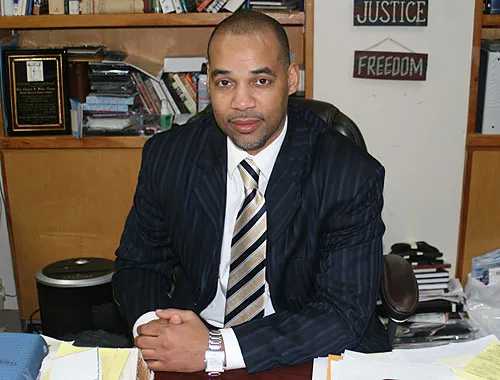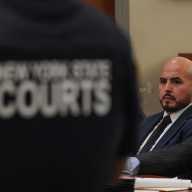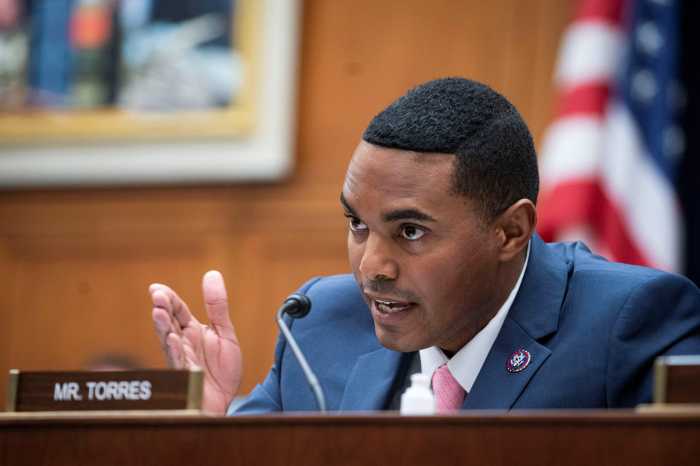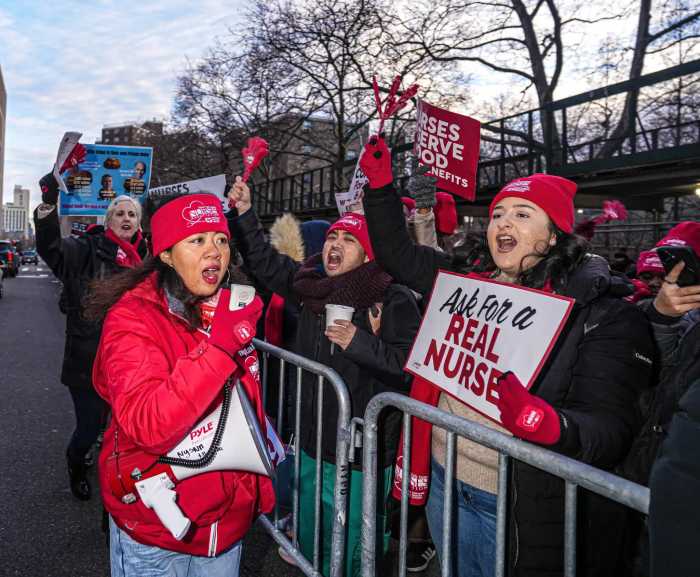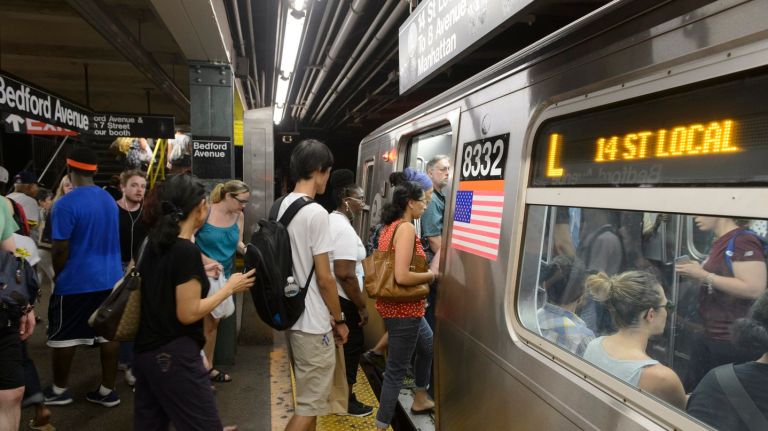
Mayor Bill de Blasio believes giving buses 24-hour priority on certain city streets during the L train shutdown goes against “common sense,” he said on Thursday.
As the city and MTA work to hash out mitigation details for the 15-month L train outage to and through Manhattan next year, advocates fear that the two parties are not doing enough to accommodate the more than 200,000 daily L riders who rely on the train to get between boroughs. But the mayor said at an unrelated news conference in Bay Ridge that the city is striking a “balance.”
“I mean look, I really respect these advocates, and their job is to fight for their position. But it’s a common sense matter that the level of people traveling at rush hour, morning and evening is different than other times of the day,” de Blasio said. “We would like to minimize the disruption on 14th street to the maximum extent possible so this is where we think we hit the balance point. Like everything else in life we are going to go down the road with this plan. If we need to make adjustments, we can make adjustments.”
The city plans to run a “peak-hour” busway on Manhattan’s 14th Street — under which the L runs — exclusively for buses, pedestrians and local deliveries. The city is also counting on the Williamsburg Bridge to move three shuttle bus routes at a clip of 70 buses per hour, in addition to planned “peak-hour” restrictions limiting 14th Street access to buses and cars with three or more passengers.
Less than a year before the shutdown begins in April 2019, the city’s Department of Transportation and the MTA are still trying to define how long the peak hour restrictions will last on each roadway.
Advocates have highlighted that the logistics of closing a street to traffic and reopening it could be challenging, and that the mayor may not realize just how steady ridership can be on the L throughout the day. John Raskin, executive director at Riders Alliance, said de Blasio’s approach could cause a nightmarish traffic situation.
“Every hour is rush hour on the L train. The train is crowded at noon; the train is crowded 6 p.m. and the train is crowded at midnight,” Raskin said. “A cautious approach that limits the busway to only a few hours would have an unintended effect of pushing L train riders off of public transit, causing people to take taxis and Ubers, flooding neighborhood streets with private cars and traffic gridlock.”
